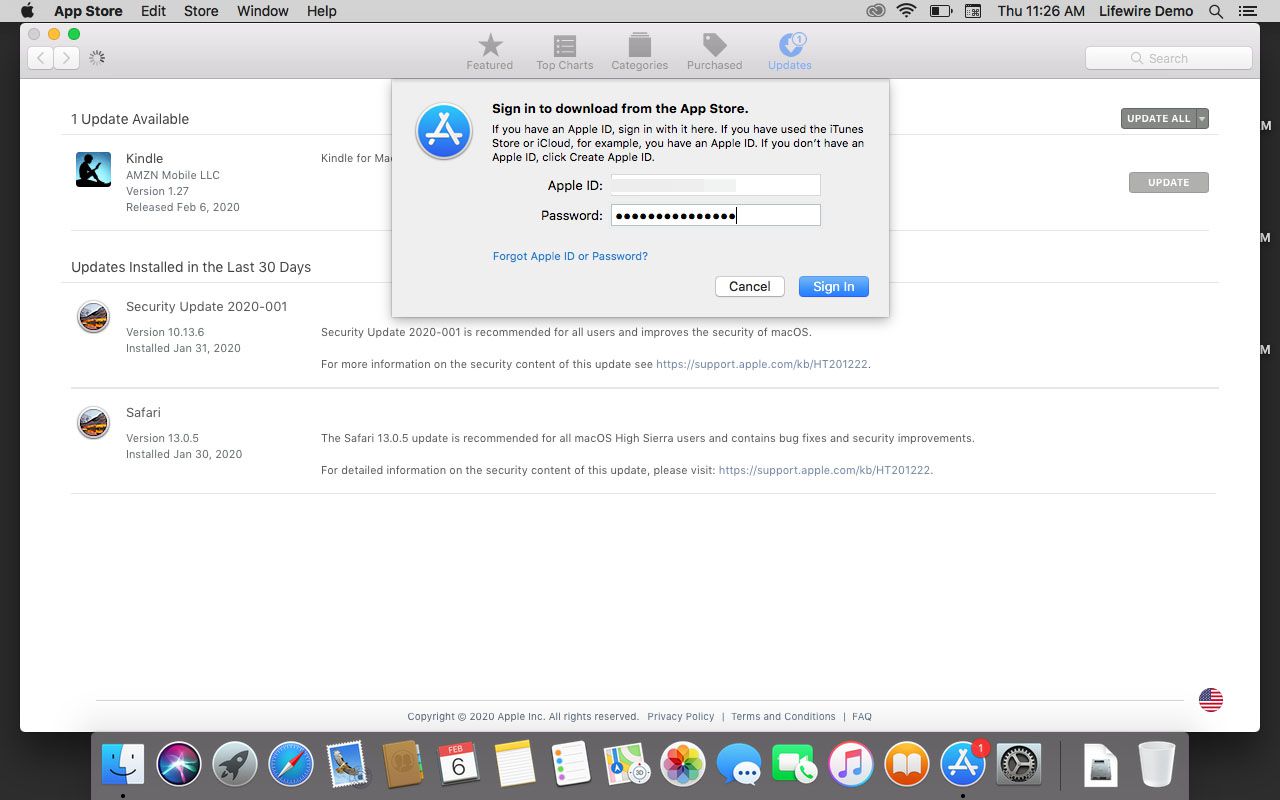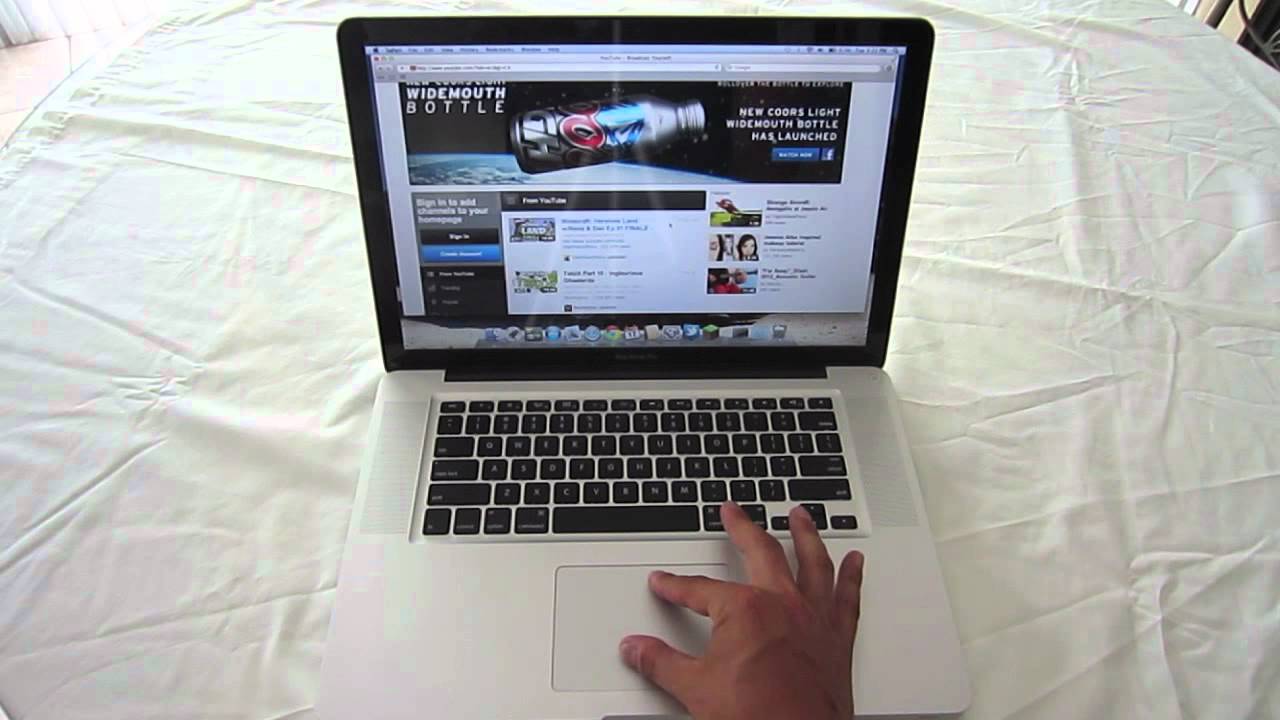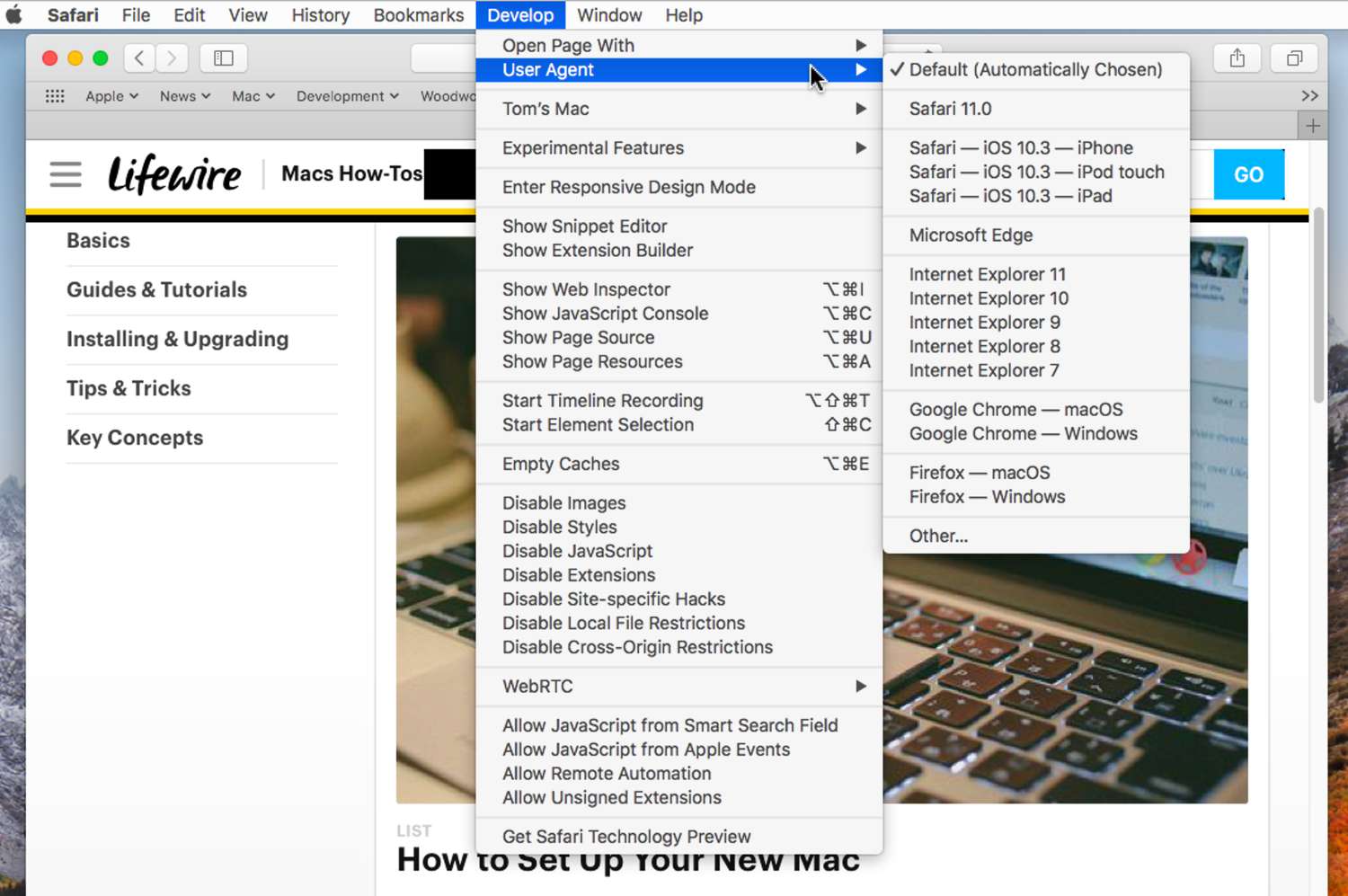Check Current Version of Safari
Before updating Safari on your MacBook Pro, it's essential to determine the current version of the browser. This simple yet crucial step ensures that you are aware of the existing version and can proceed with the appropriate update method.
To check the current version of Safari, follow these steps:
-
Open Safari: Launch Safari on your MacBook Pro by clicking on its icon in the dock or by searching for it using Spotlight (Cmd + Space, then type "Safari").
-
Access the Menu Bar: Once Safari is open, navigate to the top-left corner of your screen to access the menu bar. You will see "Safari" listed as the first option.
-
Select "About Safari": Click on "Safari" in the menu bar, and a drop-down menu will appear. Towards the bottom of this menu, you will find the "About Safari" option. Click on it to proceed.
-
View the Safari Version: Upon selecting "About Safari," a small window will pop up, displaying the current version of Safari installed on your MacBook Pro. The version number will be listed alongside the Safari logo.
By following these steps, you can easily identify the current version of Safari running on your MacBook Pro. This information is crucial for determining whether an update is necessary and for selecting the appropriate method to ensure your browser is up to date.
Update Safari through App Store
Updating Safari through the App Store is a straightforward process that ensures you have the latest version of Apple's native web browser. By leveraging the App Store, which serves as a central hub for managing and updating various applications on your MacBook Pro, you can seamlessly enhance the performance, security, and features of Safari.
To update Safari through the App Store, follow these simple steps:
-
Access the App Store: Begin by locating and opening the App Store on your MacBook Pro. You can find the App Store icon in the dock or by using Spotlight Search (Cmd + Space, then type "App Store").
-
Navigate to Updates: Once the App Store is open, click on the "Updates" tab located at the top of the window. This section displays all available updates for the applications installed on your MacBook Pro, including Safari.
-
Locate Safari Update: In the Updates tab, the available Safari update will be listed if a newer version is available. You can identify it by looking for "Safari" in the list of applications with pending updates.
-
Initiate the Update: To proceed with updating Safari, simply click the "Update" button next to the Safari listing. This action prompts the App Store to download and install the latest version of Safari on your MacBook Pro.
-
Authenticate if Required: Depending on your system settings, you may need to enter your Apple ID and password to authorize the update. This step ensures the security of the update process and confirms your permission to install the new version of Safari.
-
Monitor the Progress: Once the update process begins, you can monitor its progress within the App Store. A status bar will indicate the download and installation stages, providing real-time feedback on the update's status.
-
Completion and Relaunch: Upon successful installation, the App Store will display a confirmation message. You can then relaunch Safari to start using the updated version, benefiting from the latest enhancements and security patches.
Updating Safari through the App Store offers a convenient and reliable method to ensure that your browsing experience remains optimized and secure. By regularly checking for updates and leveraging the App Store's seamless update process, you can stay ahead with the latest features and improvements in Safari, enhancing your overall browsing experience on your MacBook Pro.
Update Safari through System Preferences
Updating Safari through System Preferences provides an alternative method to ensure that your MacBook Pro's native web browser remains up to date. This approach offers a convenient way to manage software updates, including Safari, directly from the macOS settings. By leveraging System Preferences, you can seamlessly check for and install the latest Safari updates, enhancing the browser's performance, security, and overall user experience.
To update Safari through System Preferences, follow these straightforward steps:
-
Access System Preferences: Begin by clicking on the Apple logo in the top-left corner of your screen and selecting "System Preferences" from the drop-down menu. Alternatively, you can access System Preferences from the dock or by using Spotlight Search (Cmd + Space, then type "System Preferences").
-
Navigate to Software Update: Within System Preferences, locate and click on the "Software Update" icon. This section allows you to manage and install updates for macOS and other system components, including Safari.
-
Check for Safari Updates: After clicking on "Software Update," the system will automatically check for available updates, including those for Safari. If a new version of Safari is available, it will be listed as part of the update options.
-
Select Safari Update: If a Safari update is identified, you can select it from the list of available updates within the Software Update window. Simply check the box next to the Safari update to include it in the update process.
-
Initiate the Update: Once you have selected the Safari update, click the "Install" or "Update" button to initiate the update process. This action prompts the system to download and install the latest version of Safari on your MacBook Pro.
-
Authenticate if Required: Depending on your system settings, you may need to enter your administrator password to authorize the installation of the Safari update. This step ensures the security of the update process and confirms your permission to proceed.
-
Monitor the Update Progress: As the update progresses, the Software Update window will display real-time feedback on the download and installation stages. You can monitor the progress to stay informed about the status of the Safari update.
-
Completion and Relaunch: Upon successful installation, the Software Update window will confirm the completion of the Safari update. You can then relaunch Safari to start using the updated version, benefiting from the latest improvements and security enhancements.
Updating Safari through System Preferences offers a user-friendly and integrated approach to managing software updates, ensuring that your MacBook Pro's browser remains current and optimized. By regularly checking for updates through System Preferences, you can stay informed about the latest Safari enhancements and security patches, contributing to a seamless and secure browsing experience on your MacBook Pro.

























